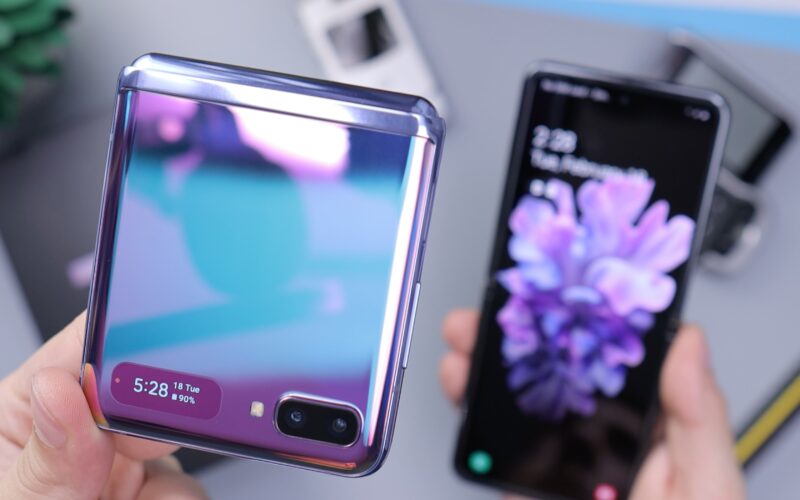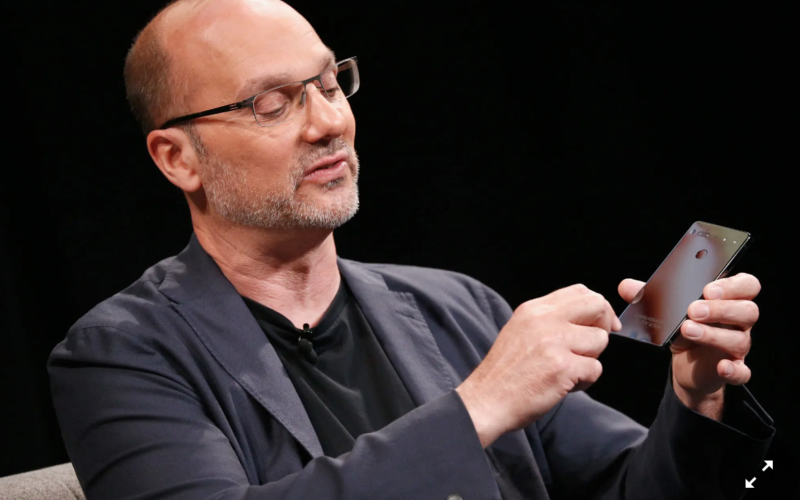The smartphone industry, ever eager to push the boundaries of innovation, has introduced a new trend that harks back to the days of the iconic clamshell phones of the 1990s – foldable phones. Spearheaded by tech giants like Samsung, Motorola, and Huawei, these devices promise a novel form factor and enhanced user experience. However, a pertinent question looms large: do consumers truly desire foldable phones, or is this a case of technology racing ahead without a clear destination?
The Current Smartphone Landscape
In recent years, smartphones have become indispensable companions in our daily lives. However, the rapid pace of technological advancements has led to a saturation point where each new model offers only incremental improvements over its predecessor. Consequently, users are holding onto their devices for more extended periods before considering an upgrade. This poses a challenge for manufacturers, prompting them to explore innovative designs to reignite consumer interest.
Foldable Phones: A Glimpse into the Future?
Foldable phones represent a departure from the standard slab-like design, introducing a folding mechanism that allows users to unfold their devices for an expanded screen or fold them for increased portability. The allure of this design lies in the promise of multitasking, increased screen real estate, and a touch of nostalgia for those who remember the clamshell phones of the past.
Consumer Considerations
While the concept of foldable phones sounds intriguing, several factors contribute to the skepticism surrounding their adoption:
1. Practicality:
Users question whether the foldable design genuinely enhances their smartphone experience or if it introduces unnecessary complexity.
2. Durability:
The durability of foldable screens remains a significant concern. With the technology still in its early stages, users worry about potential wear and tear over time.
3. Cost:
Foldable phones often come with a premium price tag. Consumers weigh the value of the foldable feature against the increased cost, questioning whether it’s a necessary investment.
Industry Perspectives
Despite consumer reservations, leading tech companies are investing heavily in foldable phone technology. Samsung, Motorola, and Huawei see these devices as a way to inject excitement into a mature market and potentially create a new niche. The challenge for these companies lies in convincing consumers that foldable phones are not just a gimmick but a substantial evolution in smartphone design.
Striking the Right Balance
As the industry marches forward with foldable phones, the critical question remains: can manufacturers strike the right balance between innovation and meeting genuine user needs? The success of these devices hinges on effectively addressing consumer concerns and demonstrating tangible benefits that go beyond novelty.
In conclusion, foldable phones represent a bold experiment in reshaping the smartphone landscape. While the technology holds promise, its ultimate success depends on consumer acceptance and the industry’s ability to navigate the delicate balance between pushing the boundaries of innovation and delivering practical, user-centric devices. As we witness the unfolding of this new chapter in smartphone evolution, the question lingers: do we really want foldable phones, or is the clamshell design a relic better left in the past?












